The time when you only thought of cheap sweet white wine when you think of German wines is definitely behind us. German wines are gaining popularity and it’s time we start to think of Germany too when we think of good wine countries.
Besides, this year’s contest for Best Sommelier of the World was won by Marc Almert, a German Sommelier. At just 27 years old, he’s also one of the youngest sommeliers to ever win the competition. Maybe it’s no surprise as you’ll notice that German wines are especially gaining popularity with young people (below the age of 40).
Germany has 13 big wine regions but most people only know Mosel. And if often has a bad reputation too. It’s time we start to explore the other wine regions too and to appreciate the German wines a bit more.
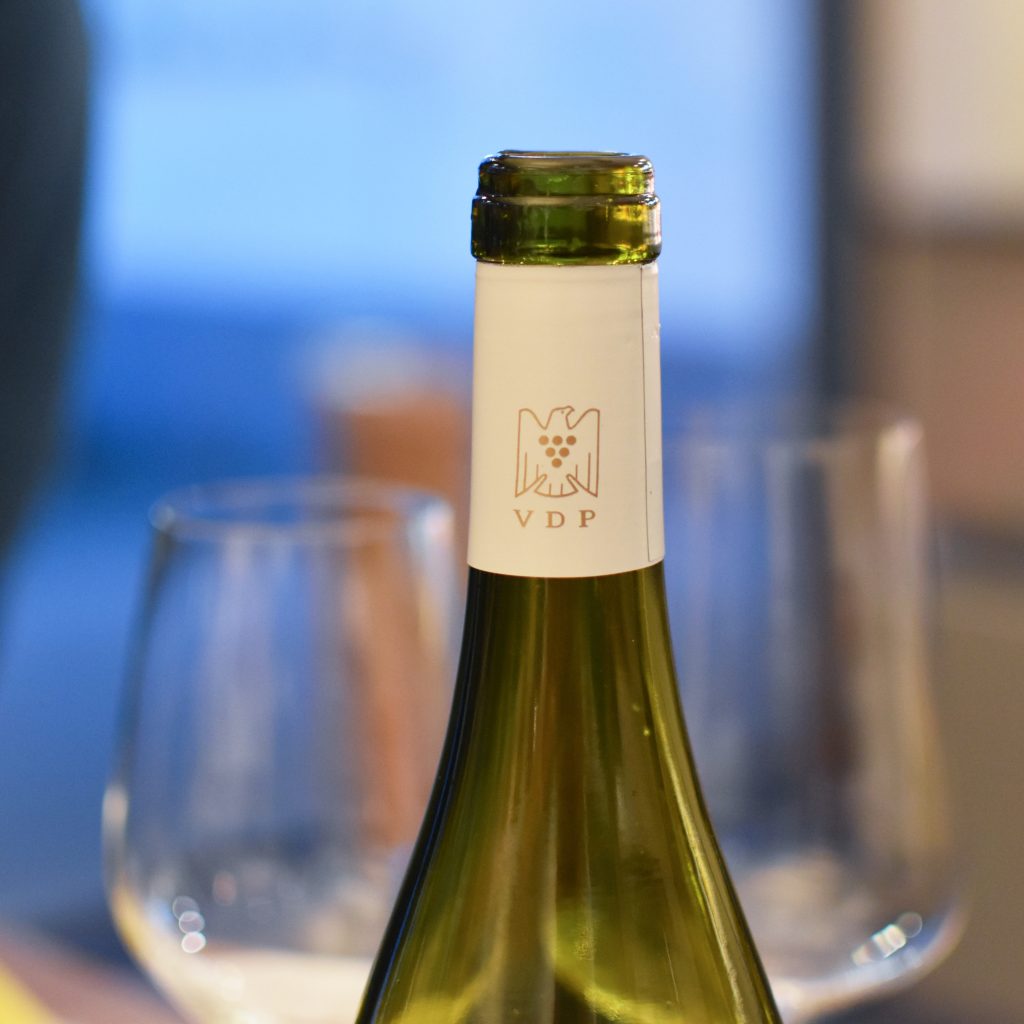
Understanding German wines with VDP
If you’re new to German wines it might be quite difficult to know which wines are good and which ones are lower quality. Luckily there’s the VDP to help you out. VDP stands for Verband Deutscher Prädikatsweingüter (the Association of German Prädikat Wine Estates). The VDP has selected and classified the best German vineyard sites. Their logo is an eagle (‘adler’) with grapes on his chest. If you see this logo on the neck of a bottle of wine, you know that it’s a good wine. VDP has four classifications:
VDP.Gutswein, the entry-level wines.
VDP.Ortswein, which originates from a village’s best vineyards.
VDP.Erste Lage, first-class vineyards with an autonomous profile.
VDP.Grosse Lage, the very best vineyards of Germany with the finest grape varieties.
Even though there are four layers, it has to be said that even the VDP.Gutswein is already a quality wine with a clear origin.
The Wine Regions of Germany
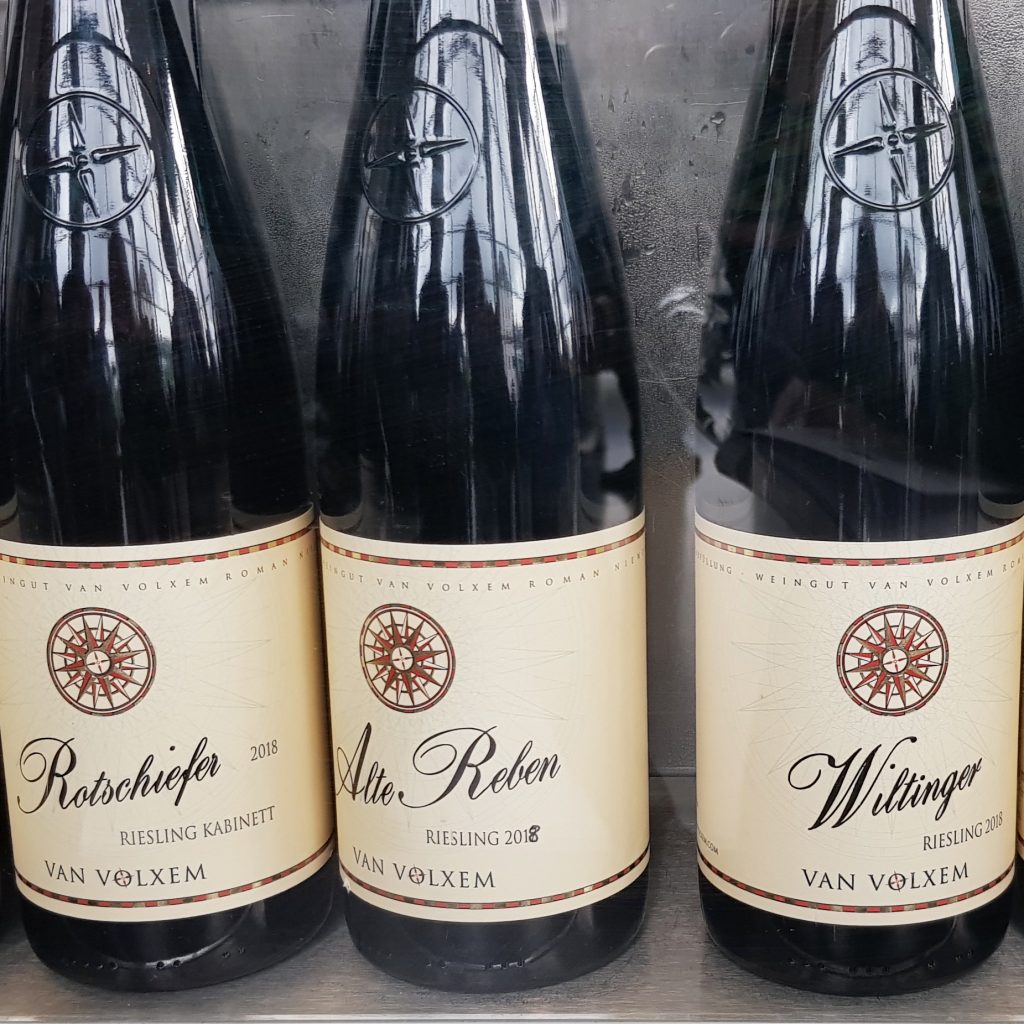
Mosel
Officially called Mosel-Saar-Ruwer, but mostly just named Mosel is the gorge carved by the river Mosel and the valleys of the Saar and the Ruwer rivers. Most people think of sweet wine straight away when they hear the word Mosel. And it’a not strange as the vast majority of the wines produced here are indeed sweet white wines. Even though more and more dry white wines are produced here, it’s hard to get rid of the prejudice. Want to convince yourself that Mosel also has some nice dry whites? Try the Alte Reben Rieslibf trocken from Van Volxem. I tasted their 2018 vintage from the barrel, it’ll be for sale at the end of june/beginning of july 2019. They were the winner of the year 2019 of the Vinum wine guide for a reason!

Rheinhessen
Rheinhessen is located South-West of the river Rhein and the city Mainz, which is also the biggest city of the region. There are more than 2.000 wineries in Rheinhessen, of which around 1.000 bottle their wines for sale.
It’s often thought that it’s a flat area but Rheinhessen is actually a valley with rolling hills and height differences.
There are many great ‘weinguts’ in Rheinhessen, most of them produce Riesling but you’ll also find Silvaner and Spätburgunder grapes.
One of my favorite weinguts in Rheinhessen is Thörle where 2 brothers just took over from their parents to produce beautiful wines.
Click here to read more about wine region Rheinhessen.

Nahe
Nahe is a relatively small wine region, but a very interesting one. As there’s a high variety in soil types, the region is able to produce a large range of different wines with relatively few grape sorts. It’s a great region to drive around in with peaceful landscape of vineyards, orchards and meadows but also with cliffs and impressive geological formations.
One of my favorite weinguts in Nahe is one of the oldest ones in Germany; Prinz Salm. They make excellent wines, and a wonderful pink sekt.

Ahr
Ahr is a small wine region, located North-West of the other German regions. 80% of the wines produced here are red wines. The Ahr river flows towards the Rhein river and you’ll find the vineyards on steep, terraced cliffs of volcanic slate in the Western part of Ahr. In the Eastern parts the slopes are gentler and the soils are rich in loess.
If you like red wine you should try Jean Stodden; a ‘rod weingut’ as they call themselves. They only cultivate red grapes, of wich mostly Spätburgunder. They do actually produce one white wine, but it’s still made from red grapes. I tried the 2016 Hardtberg Spätburgunder GG, a VDP Grosse Lage wine. It was aged for 1,5 years on first used barrels.
The wines from the Ahr region can be a bit more pricy as most of the vineyards are in the mountains. Because of these steep slopes everything needs to be done by hand.
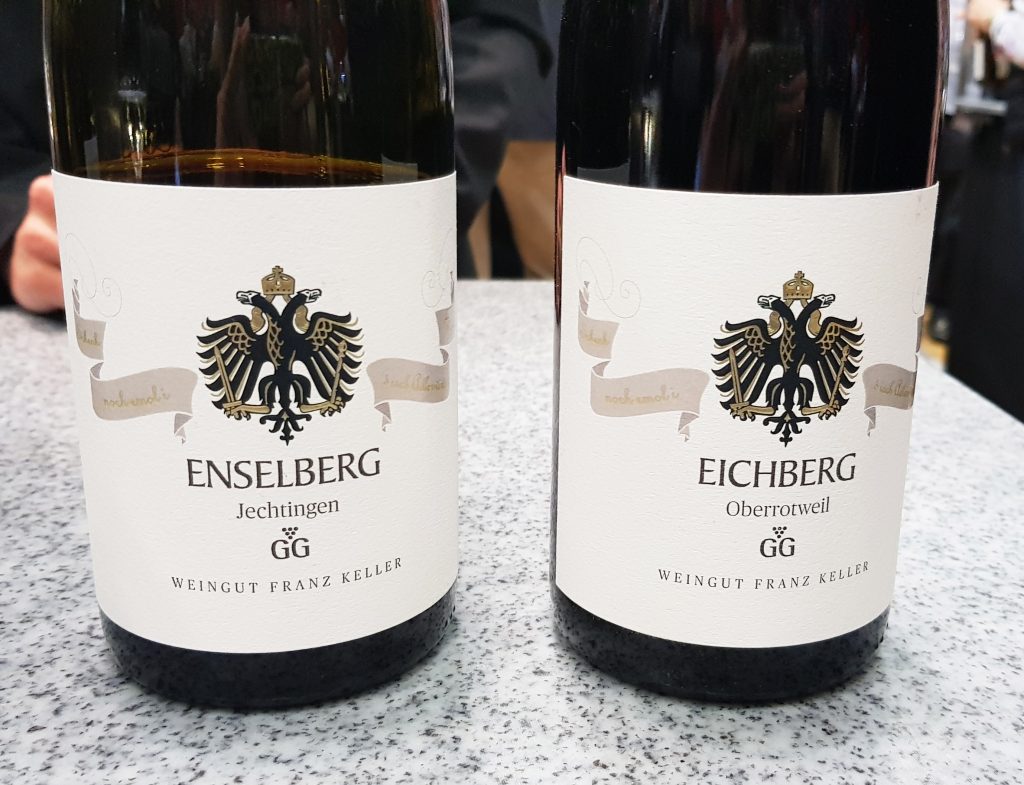
Baden
Baden is Germany’s most Southern wine region. It’s located in between the Black Forrest (Schwarzwald) and the Rhine river. From North to South it’s about 400 km long and it’s one of Germany’s warmest wine regions. A really good weingut (winery) in Baden is Franz Keller, located 20 minutes from the city Freiburg. As in many areas in Baden, their vineyards are on volcanic rock as it used to be an active volcano millions of years ago. On top of the volcanic rock you’ll find a layer of loess. The Keller family actually started as restaurateurs and they still have several restaurants including the Michelin star restaurant Schwarzer Adler. The family started cultivating wine to serve at their restaurants but soon they were also bottling for sale and now they export their wines as well.
The Franz Anton Weißburgunder trocken has a rich but quite natural taste so it’s great to accompany food.
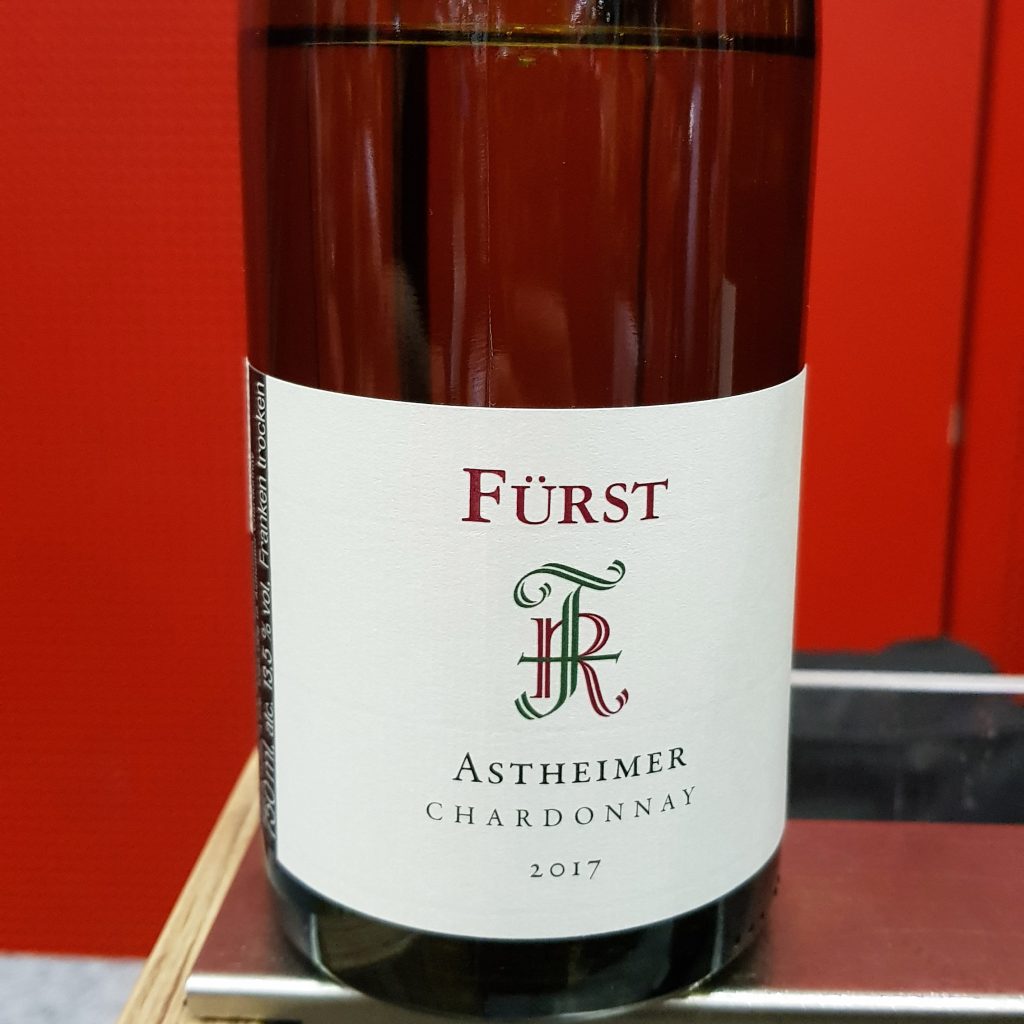
Franken
The wine region Franken lies in Bavaria, a region that to some is more famous for its beers than for its wines. But there are some great wines coming from Francken, the more mature wines are often from here. Würzburg is the biggest town in the Franken wine region.
In the Western part of Franken you’ll find more red than white grapes, as is the case at winery Rudlof Fürst where 60% of the grapes are Spätburgunder (Pinot Noir). They also have Riesling and do a great Chardonnay. I recommend the Astheim dry Chardonnay from 2017.
Hessische Bergstrasse
Hessische Bergstrasse, named after an old Roman trade route, is a tiny wine region near the town Bensheim. As its so small most of the wines are only consumed by the locals and not exported.
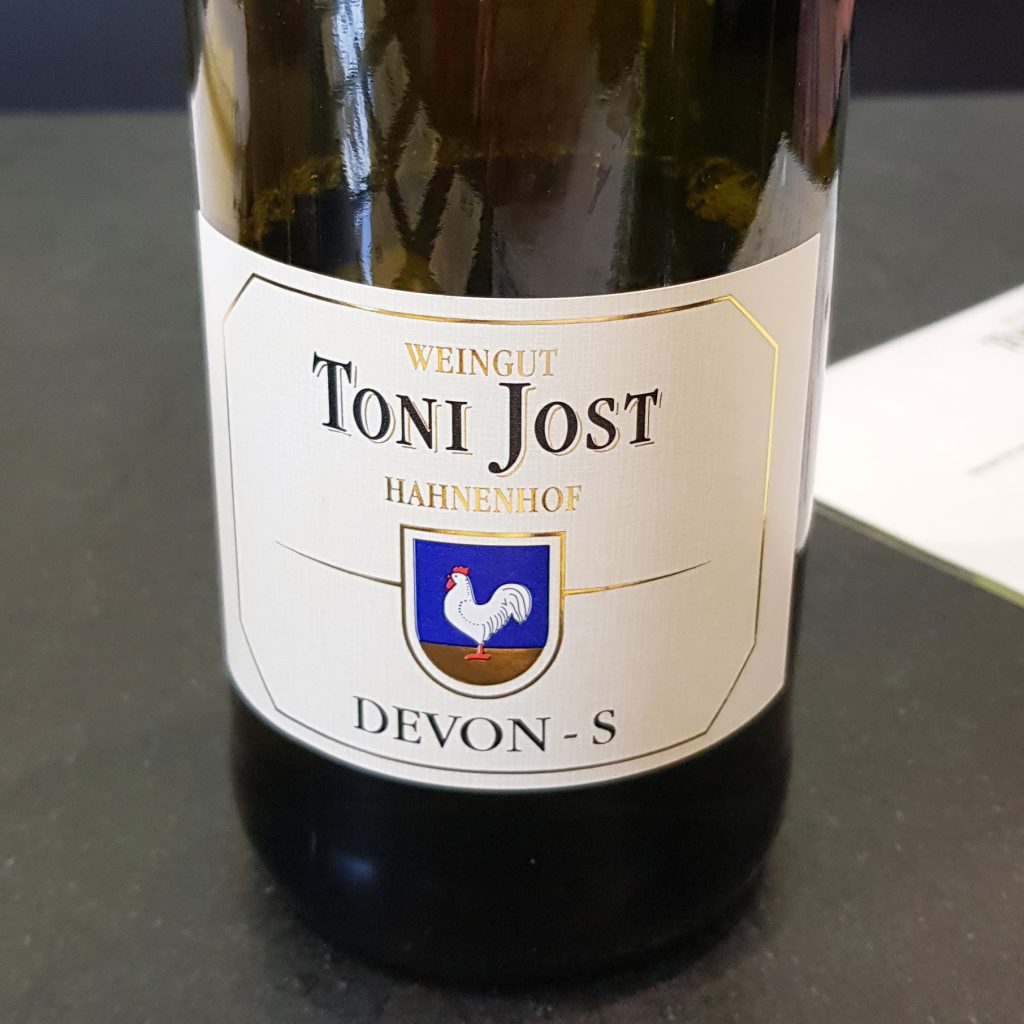
Mittelrhein
Mittelrhein is a stretch of 65km Rhine Valley between Bingen and Bonn. It’s a great area to visit as there are several medieval castles and ruins. The two roads B-9 and B-42 run on either side of the river, so it’s great for a road trip. And there are several hiking trails as well. The majority of the grapes are Riesling.
My favorite winery in Mettelrhein is Toni Jost in Bacharach. Cecilia Jost, current owner, is the 7th generation of winemakers. 80% of her wines are Riesling and the majority of her wines are dry. I tasted 3 of her 2018 dry Rieslings. The first was the Devon S, the most typical wine for the slate slopes of her vineyard which is high in minerals. The Bacharacher Hahn Riesling Kabinett was fruity and light. With 10% it doesn’t have too much alchohol. This is a wine that’s great for food pairing. I think it would match great with salads or cheese and Cecilia said it would go great with a curry as well. My favorite wine from Toni Jost was the Bacharach Riesling Kabinett Feinherb. The vineyard is located quite high so it has a cooler climate. It’s a light and crisp wine with 11,5% alcohol. A great wine to drink outside on the terrace or take with you on a picnic.

Pfalz
Pfalz is the second largest wine region in Germany and often has the largest crop. You can find it South of Rheinhessen, close to France. At Pfalz you can find white wines with less acidity than in the Mosel and more finesse.
My favorite winery in Pfalz is Knipser. They’re mostly known for their red wines and young winemakers often go there to learn about making Spätburgunder and Merlot. I was quite surprised to find out that they also produce a Sauvignon Blanc. Not many wineries in Germany grow this grape. Knisper started with Sauvignon Blanc about 15 to 20 years ago, they were one of the first in Germany. Stefan Knisper: “Why not? If you can make Riesling, you can also make Sauvignon Blanc. It’s the same mentality”.
So if you go to Knisper to taste their Pinot Noirs, first start with a glass of Sauvignon Blanc.

Rheingau
Rheingau is often referred to as one of the most distinguished wine regions of the world. It’s full of history as there was already Riesling produced in medieval times. You can find Rheingau on the Northern side of the Rhein river, with Wiesbaden as one if the biggest towns. My favorite winery in Rheingau is Kaufman. Urban Kaufman comes from Switzerland, hence the red labels on his bottles. He used to produce Appenzeller cheese before he got into winemaking. They have great dry Rieslings. The Kaufman dry Riesling is fresh and fruity whilst the Tell dry Riesling (named after Switzerlands national hero William Tell) is more complex and rich in flavor.
Saale-Unstrut
Named after the Saale and Unstrut rivers, wines have been cultivated in this area for more than 2100 years. It’s one of the most Northern wine regions of Europe. The climate is cooler and the weather more variable. So this region often has only low yields.
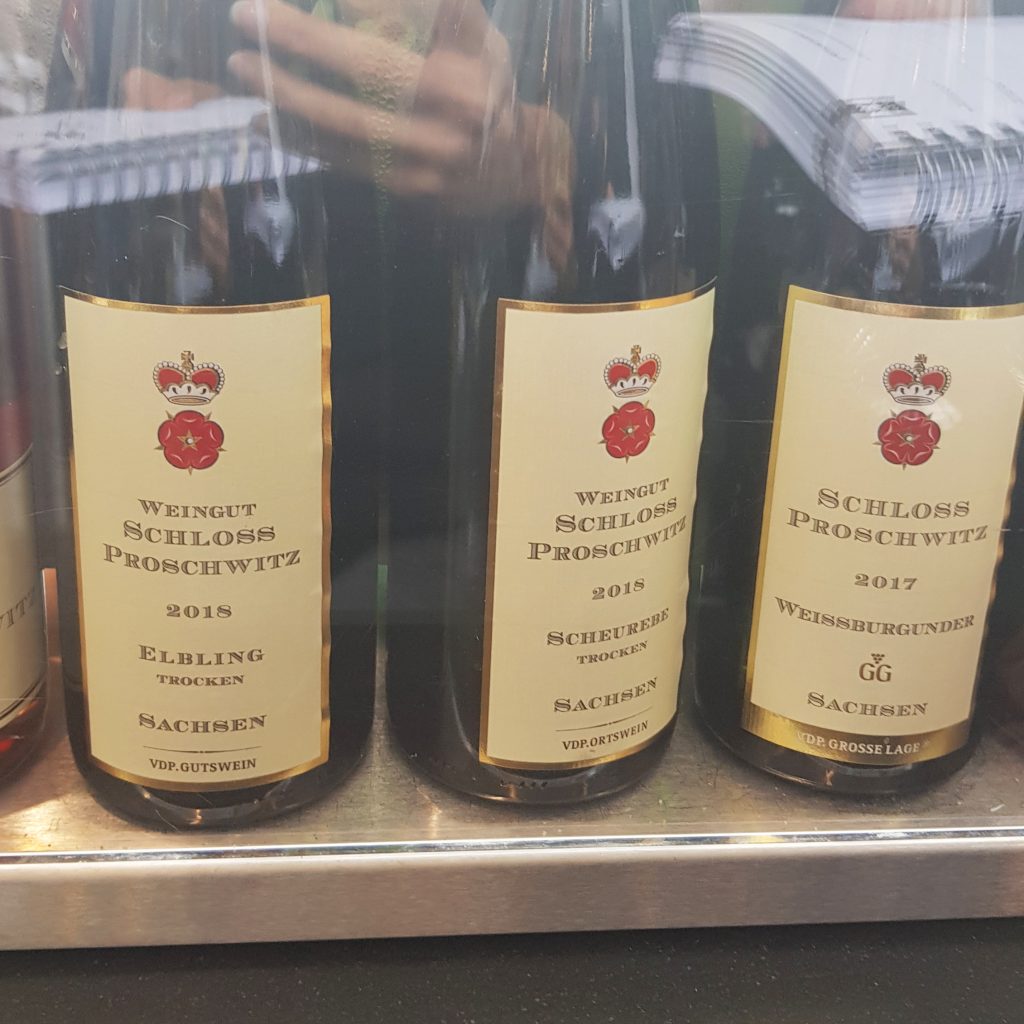
Sachsen
Sachsen is Germany’s smallest and most Eastern wine region. It’s located in the upper Elbe valley, around the cities Dressden and Meissen. It has a long history of viticulture and is also high in art and archicultural gems.
As it’s a small region you won’t find as many wineries here as in for example Mosel or Rheinhessen, but there’s one really good one: Schloss Proschwitz – Prinz zur Lippe. The weingut owns 100 hectares of which 80% is for their own wines. The wines of Schloss Proschwitz mature on red granite rocks, which are covered by a loess layer up to six meters thick. They produce 80% white wines and 20% reds. They have 11 different grapes; mostly Pinot but also Weißbirgunder and the Goldriesling grape that can only be found in Sachsen.
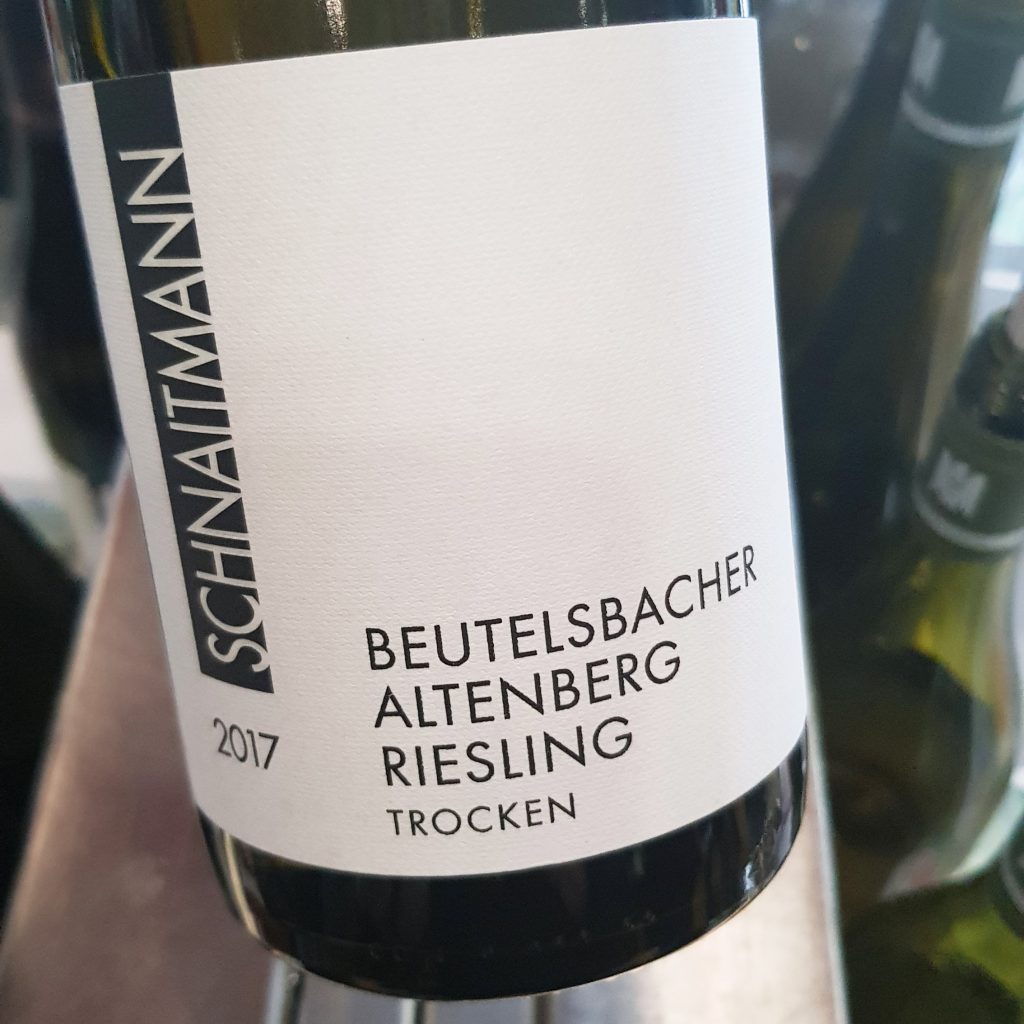
Württemberg
Wine region Württemberg, with Stuttgart as its big city, is a hilly and rural region. The vineyards are often surrounded by forrest and fields. Württemberg is Germanies premier red wine region.
The main grape variety is Trollinger, which you can rarely fid outside of this region. Schwarzriesling (also known as Müllerrebe) and Lemberger are also popar grapes in Württemberg. Most of these wines are light, fruity and easy to enjoy.
My favorite wine house in Württemberg is Rainer Schnaitmann. They cultivate all kinds of grapes like Riesling, Spätburgunder, Chardonnay and even Sauvignon Blanc and lesser used grapes like Lemberger (blaufrankisch).
Click here to read all my travel blogs on Germany.




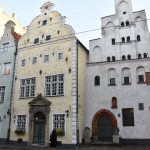




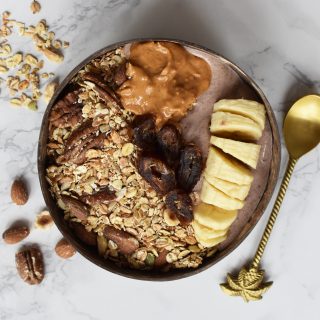


Pingback: Rheinhessen; biggest wine region of Germany - Anne Travel Foodie
Pingback: The best food spots in Trier (Germany) - Anne Travel Foodie
Pingback: The difficulties of a wine menu and how to look smart - Anne Travel Foodie
Pingback: Dinner at Restaurant Taste! in Tilburg - Anne Travel Foodie
Pingback: My trips of 2019 - Anne Travel Foodie
Pingback: 10x Unique accommodations in Europe - Anne Travel Foodie
Pingback: German wine region Nahe - Anne Travel Foodie